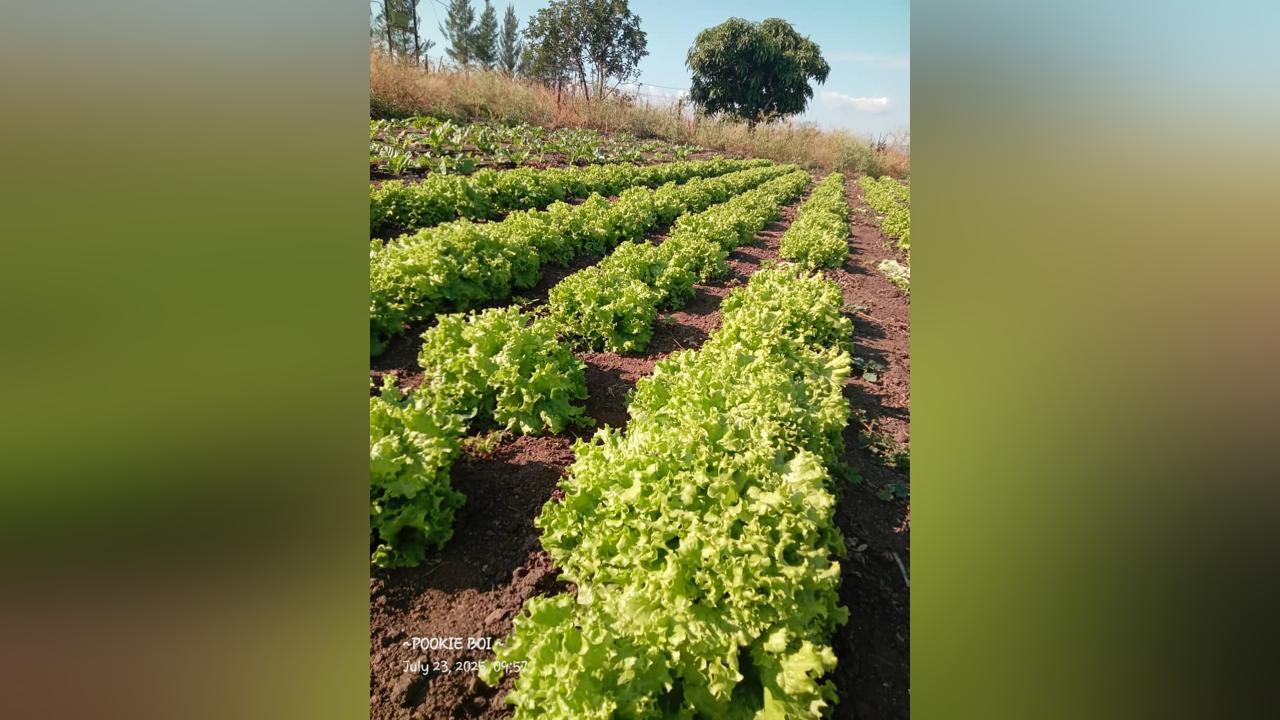Africa-Press – Ghana. Indigenous leafy vegetables in Ghana are local varieties of edible plants, which have nutritional and cultural significance.
Many of them such as Amaranthus (Aleefu), Roselle (Hibiscus,Sule), Corchorus (Ayoyo, Ademe), Phaseolus (Common bean), Ipomea (sweet potatoes), Adansonia (Baobab leaves), Moringa and Annona (Soursop) are found to contain various groups of phytochemicals, which are generally rich in carbohydrates, protein and fibre.
Indigenous leafy vegetables serve as supplements to diets and have higher nutritional values needed by humans to support optimal health, facilitate healthy stress response, healthy aging and reduce oxidative damage from free radicals among others.
These vegetables are fortified with essential nutrients like iron, phosphorus, zinc, folic acid and are highly recommended for children and pregnant women.
This article will focus on Amaranthus, Roselle and Corchorus cultivation in Ghana, their climate resistance and adaptability, which have been revealed through research by crop scientists.
Researchers’ findings on climate resilience and adaptability
Researchers at the Plant Genetic Resources Research Institute (PGRRI) together with the Crops Research Institute (CRI) all under the Council for Scientific and Industrial Research (CSIR), have studied conditions for the cultivation and promotion of Amaranth, Corchorus and Roselle.
According to Dr Daniel Ashie Kotey, Director of CSIR-PGRRI, the focus has always been on exotic vegetables with some Ghanaians “throwing away” indigenous vegetables in favour of the foreign ones.
This is a concern to researchers because indigenous leafy vegetables have developed unique characteristics over a period and suited to Ghana’s agricultural system.
The researchers citing evaluations from evidence-based studies said these local vegetables had useful genes that tolerated pests and diseases, meaning farmers would not have to spray against these pests and diseases.
Another unique characteristic is that these local vegetables are early maturing and can be harvested in three months.
This development also makes indigenous leafy vegetables important for combating climate change, promoting healthy diet, food and nutrition security in Ghana, Dr Kotey observed.
One of the specific activities has also been the Seed for Resilience Project which commenced in 2020 and meant to upscale the cultivation of indigenous leafy vegetables and Bambara groundnut germplasm for improving resilience to climate change through engaging with users directly.
Under the Project, selected indigenous leafy vegetables (Amaranthus, Corchorus and Roselle), which thrives well in poor soils, under harsh weather conditions, and have low input requirements are being promoted.
Dr Patricia Pinamang Acheampong, a Principal Research Scientist at CSIR-CRI, told the Ghana News Agency (GNA) that the selected indigenous leafy vegetables have been adapted to the environment and have acquired certain characteristics that enable them to withstand drought.
She explains that the project, working closely with farmers, organized a series of participatory varietal selection of best seeds for planting for researchers to multiply seeds for users.
As part of the project, a novel model of engaging farmers from the bottom-up was developed through which indigenous leafy vegetable and Bambara groundnut user groups have been established in the Upper East (Manga), Northern (Golinga and Libga) and the Ashanti (Boadi and Barekese) regions of Ghana.
Advocacy to farmers and stakeholders
Dr Acheampong underscored the need for vegetable farmers to embrace the cultivation of indigenous leafy vegetables to help mitigate the effects of climate change.
She explained that indigenous leafy vegetables were adaptable to most environmental changes and could help withstand issues on climate.
According to her, in terms of nutrient security, indigenous leafy vegetables were one of the best crops to be cultivated to feed the teeming population.
Through the Seeds for Resilience Project, seeds of these leafy vegetables are available at PGRRI, CRI, SARI and other research centers of the CSIR for farmers.
Dr Acheampong said to ensure all year-round availability of these local vegetables, researchers were working to place more emphasis on addressing gaps in post-harvest losses.
“In this instance, we will work on how to store these vegetables so that when they are in abundance, we can store them and then during the lean season we can release them for consumers to buy”, Dr Acheampong revealed.
Dr Lawrence Misa Aboagye, immediate past Director, PGRRI, told the GNA that one technology researchers wanted to promote was the way farmers plant these indigenous vegetables.
Instead of the broadcasting method used by these farmers, the quantity to be sown per square meter would be much considered, this would enhance productivity as well as reducing waste of seeds through the broadcast method.
According to him, researchers through the Seed for Resilience Project have trained farmers in cutting mature leaves in a manner to ensure regeneration for two or more harvests before plant extinction.
Source: Ghana News Agency
For More News And Analysis About Ghana Follow Africa-Press







